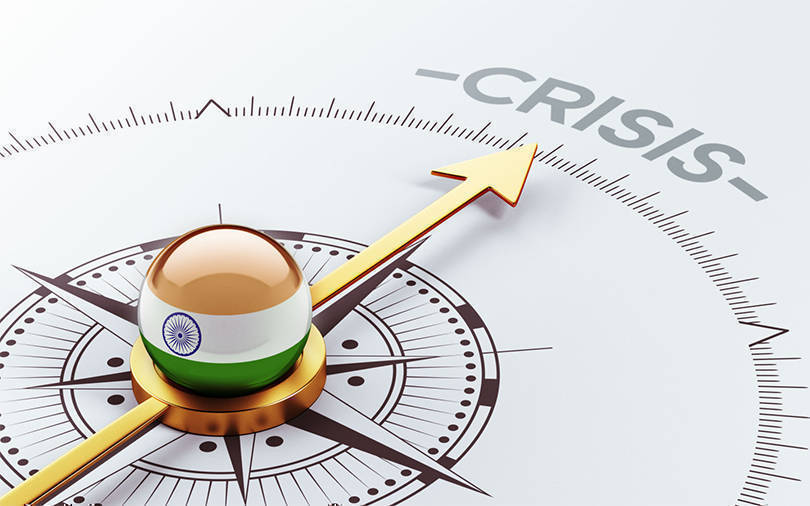
Within the couple of years since Muhammad Yunus won the Nobel Peace prize, microfinance has nearly be described as a household term. Donating to — additionally to buying — microfinance organizations has switched in to a popular year-finish tradition for many philanthropically-minded families. Speculate people understand the microfinance industry, they ask the inevitable question: Why the interest rates excessive?
Indeed, microfinance rates do appear rather high compared to commercial loan rates inside the u . s . states . States. Inside an average rate close to 30%, microfinance rates appear high even compared to charge cards. Prior to deciding to shut your MicroPlace and Kiva accounts and discontinue your annual contribution to Accion, let us dig so much much deeper into this rate of interest issue.
Most reason the additional political and currency challenges of lending abroad are what increase rates for that micro customer. While these 4 elements certainly be the cause, there are many pieces that are likely involved within the microfinance rate of interest puzzle. To get a clearer picture of what’s happening, we must think about the components define these rates.

Mixing up
Using statistics inside the MIX Market — a microfinance industry association that collects financial information — we’re able to consider the typical figures for the components define microfinance rates.
Using the MIX, the standard balance round the microloan inside the 1,000 plus organizations that reported information in 2008 was around $600. The standard nominal “yield on gross portfolio” was 30.7%. This portfolio yield could be a close approximation within the average rate of interest that microfinance institutions charge for borrowers. Now a 30% rate of interest may appear high, hold on, just how much profit are these institutions really making? To discover, we’ll have to take particular notice inside their expenses.
The price of Financing
For the same volume of microfinance institutions, this combination reports that financial expenses constitute 5.2% of total assets, additionally for their gross loan portfolios constitute 78.5% of total assets. We’re able to utilize these two figures together to estimate 6.7 percentage points within the 30.7% total rate derive from financial expenses.
Precisely what can this mean? Microfinance institutions would like to get the cash they lend from somewhere. Oftentimes, they borrow funds from banks and microfinance investment vehicles (MIVs) — organizations concentrating on microfinance investment. Some microfinance institutions their unique depositor base they could lend capital. In almost any situation, they have to pay interest and origination charges on these borrowings. What our calculations above reveal may be the average price of individuals funds is all about 6.7%.

Initially blush, 6.7% appears like a low rate considering these institutions are operating in developing countries with considerable political and market risks playing. Numerous individuals and organizations that finance these institutions are thought as social investors. Social investors — for example gov departments, non-profits along with other NGOs — will be ready to pay a smaller return on their own money to get the social mission their investment fulfills. Hence, social investors help lower the price of borrowing money for microfinance institutions.
On the top of monetary expenses, banking institutions must accrue financing loss reserve expense on which you lend. Loan loss reserves help banking institutions to soak up future losses from bad loans. Using loan loss reserve statistics inside the MIX and making our adjustment, we identify the lent funds loss reserve expense constitutes 1.4 percentage points inside our microfinance rate of interest.




